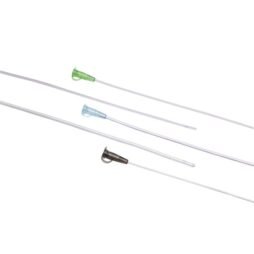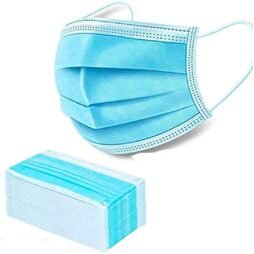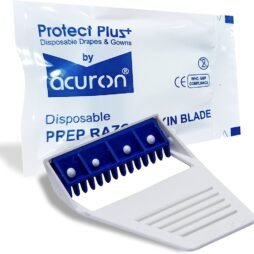A mucus extractor, also known as a nasal aspirator or mucus suction device, is a medical tool designed for the safe and effective removal of excess mucus or secretions from a person’s nose or upper airway, typically in infants and young children. This device is essential in healthcare and childcare settings to provide relief to individuals who have difficulty clearing mucus on their own, especially during respiratory illnesses. Here’s a description of a mucus extractor:
Description of a Mucus Extractor:
A mucus extractor is a compact, handheld device that is lightweight and easy to use. It consists of the following key components:
- Nozzle or Tip: At one end of the mucus extractor, there is a soft and flexible nozzle or tip made from medical-grade materials. This nozzle is inserted into the nostril to reach the area where mucus or secretions need to be removed.
- Main Body: The main body of the mucus extractor is typically made of plastic and houses a mechanism that generates suction. It is designed to be comfortable to hold and operate with one hand.
- Suction Control: Many mucus extractors feature a suction control mechanism, often in the form of a bulb or squeeze valve, which allows the user to control the level of suction generated. This ensures that the procedure is both effective and safe.
How a Mucus Extractor Works:
- Preparation: Before using the mucus extractor, the nozzle or tip is carefully inserted into the baby’s or child’s nostril, ensuring a gentle and comfortable fit.
- Suction Generation: The user activates the suction control mechanism, creating a controlled vacuum. This gentle vacuum generates negative pressure in the nozzle, causing mucus or secretions to be drawn into the nozzle.
- Mucus Extraction: As the nozzle is inserted into the nostril, the mucus or secretions are effectively and safely removed from the nasal passages. The user can control the suction strength to ensure that it is both effective and comfortable for the child.
- Disposal and Cleaning: After use, the mucus extractor is disassembled, and the nozzle is cleaned and sterilized for reuse if it is a reusable device. Disposable mucus extractors are disposed of after a single use.
Applications:
Mucus extractors are primarily used in the following applications:
- Pediatric Care: They are most commonly used in infants and young children who are unable to clear mucus or secretions from their noses independently. This is especially important during respiratory illnesses like colds and congestion.
- Neonatal Care: Mucus extractors are also used in neonatal intensive care units (NICUs) to assist premature or ill newborns in clearing mucus from their airways.
- Home Use: Parents and caregivers often use mucus extractors at home to provide relief to infants and children with nasal congestion.
- Hospitals and Clinics: Healthcare professionals use mucus extractors in clinical settings to assist in airway clearance procedures.






